Can a Computer Be Creative?
The so-called Turing Test, which measures the ability of a computer to convince a person communicating with it — typically though a typed question-and-answer exchange — that they are actually conversing with another human, has long been the presumed arbiter of machine intelligence. An artificial intelligence program technically cleared that hurdle in 2014, but it did so in five-minute conversations that fooled people only about 30 percent of the time — apparently with an emphasis on the “fooling,” according to critics.
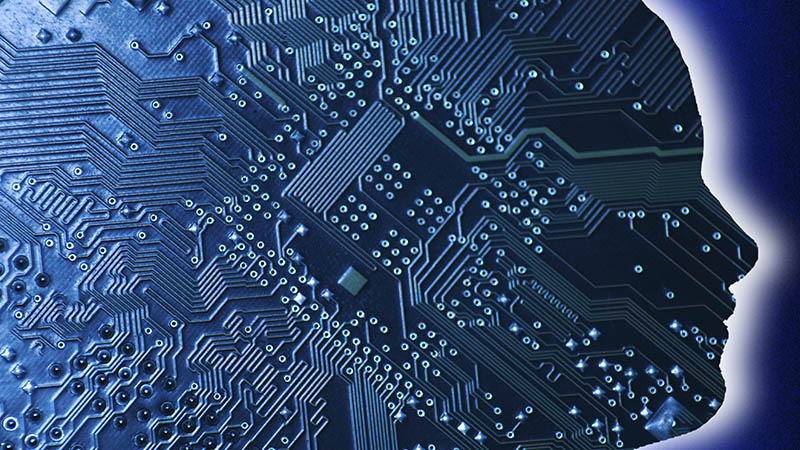
What makes a computer intelligent, communication or creativity? (Visual by iStock.com)
The program used “clever hard-coded tricks to deceive, disorient, and distract the judges,” said Mark Riedl, an associate professor at Georgia Tech. A better measure of intelligence, he said, would be to focus on machine creativity. “You could ask the computer to draw a picture or tell a story or write a poem and then give some details about what the picture or poem should be about,” he said.
In that spirit, the Neukom Institute for Computational Science at Dartmouth College recently held a contest in which researchers submitted programs that would write sonnets or stories, or compose dance music. “I think the arts have always been put out there as the domain which was maybe beyond machine intelligence,” said Director Dan Rockmore.
The intent was not to see machines create great art, but rather something within the range of what people might do. Composers and writers can remain calm: The winning entries won’t be taking their jobs yet. Only 39 percent of the audience judged the winning music entry as created by a human. Only one of the three short story judges was fooled even once by a computer-written story and none of the sonnet judges were deceived. (Read one of the best sonnets and you will see why.) According to Riedl, Turing predicted that within 40 years, artificial intelligence programs could fool judges 60 percent of the time. There’s clearly more work to do.
What makes artistic creativity potential AI fodder is that art forms often depend on algorithms. “The sonnet is an algorithm,” Rockmore said, referring to the strict rhythms and rhyming patterns. “It’s just been executed by humans all these years. The beauty comes around the choices.”
The Neukom Institute isn’t the first organization that has tied AI to creativity. Last year the International Joint Conference on Artificial Intelligence considered the relationship between AI and art. There have been attempts at updating the Turning Test to take creativity into account, including the Lovelace Test, named for Ada Lovelace, the 19th century English mathematician who wrote the first algorithm intended for machine execution.
The low number of entries in the Neukom contest — eight in music, three in stories, and two in sonnets — disappointed Rockmore, but there’s always next year.
“I’m hoping that when people see the results, that might inspire them to take it on.”



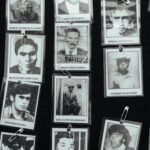

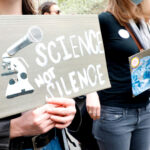
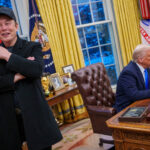


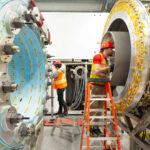
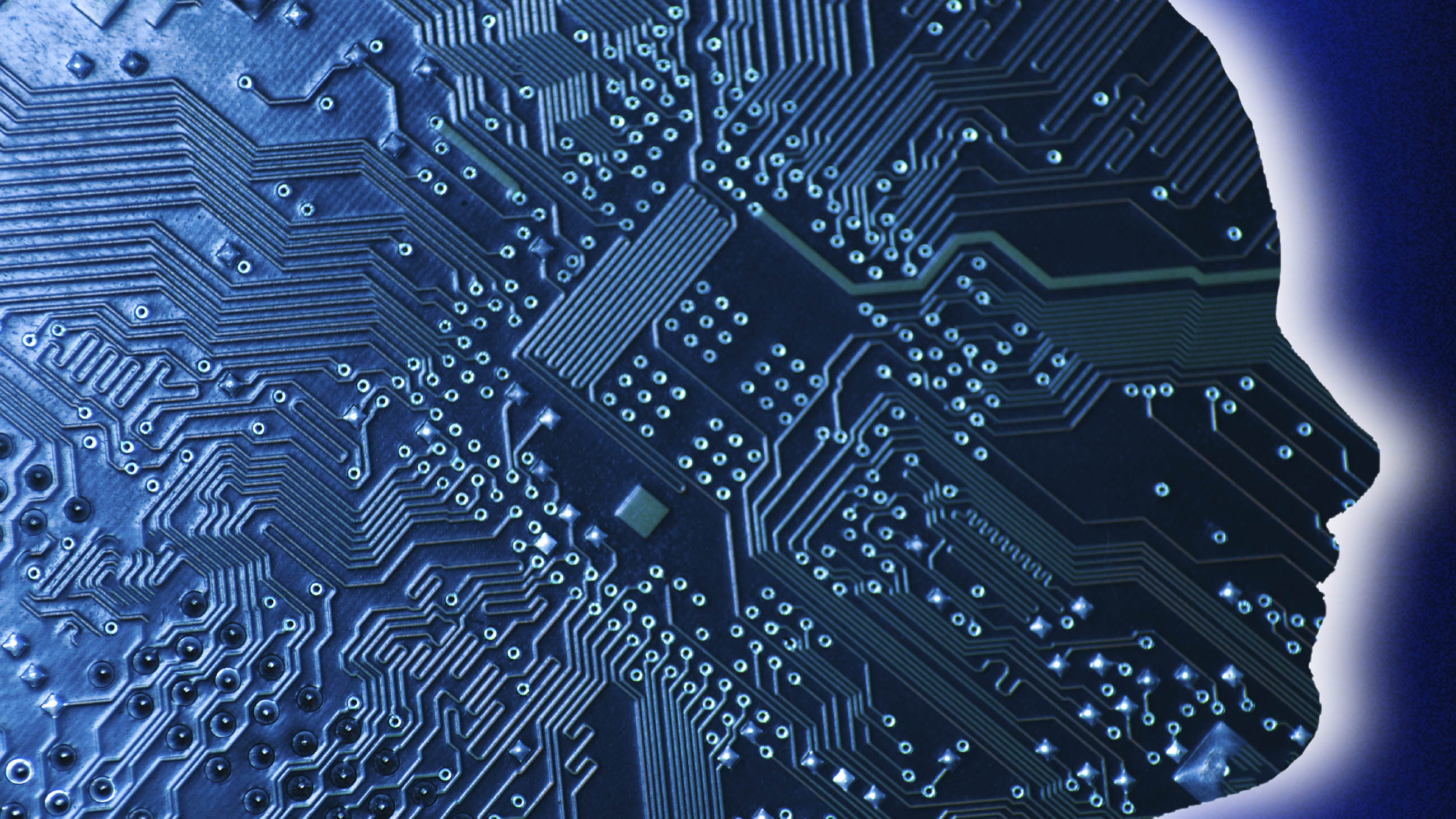
Comments are automatically closed one year after article publication. Archived comments are below.
The Turing Test is badly understood, particularly by – weird or what – computationalists.
It is very obvious when presented directly. What Turing said was that, if a conscious human synthetic entity was accomplished, the test for authenticity would require only that the synthetic was able to interact with a human picked off the street without and pass off as a human.
The test is only legitimate for conscious human synthetic A.I. It has to a human like intelligence, because the point about the human pulled off the street is that, any arbitrary human is an expert on what it’s like